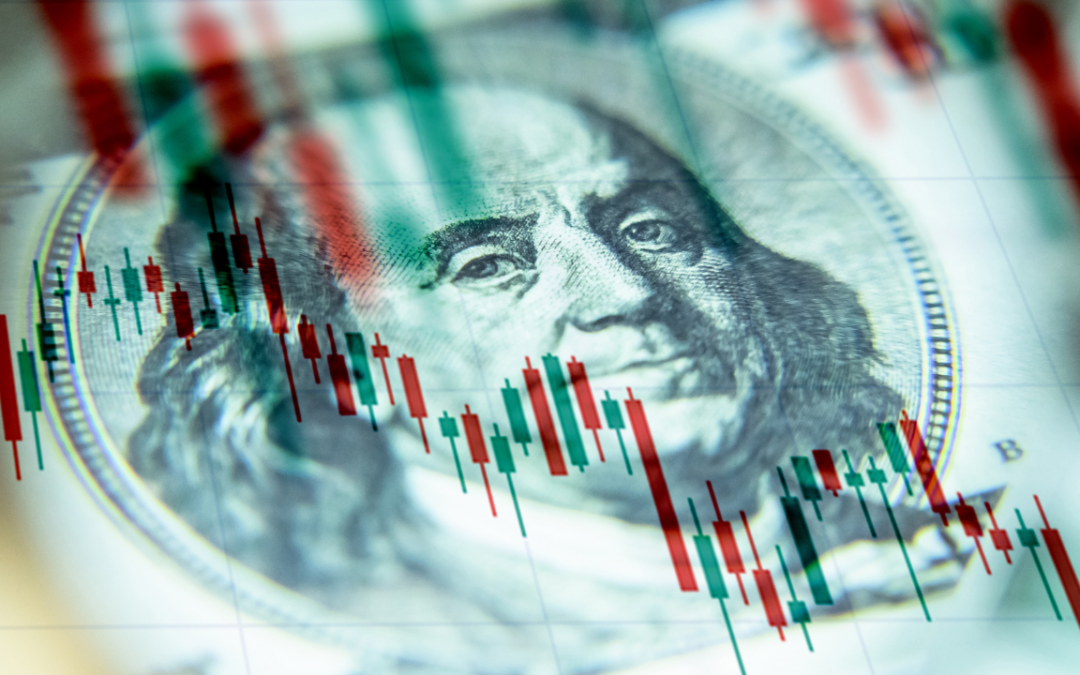This past week equity markets continued their impressive recovery from their Covid-19 lows. Major indices, such as the S&P500, the UK FTSE 100, Germany’s DAX or Japan’s Nikkei are now within 15-20% of their pre-pandemic highs. To be sure, equity index setbacks this year remain large, though not relative to the contraction of global economic activity.
Meanwhile, short-term interest rates have dipped to historic lows, with two-year Treasury yields now hovering around 15 basis points. For some observers, recent moves in stocks and short-term interest rates beggar belief, particularly against the backdrop of the largest economic collapse since the Great Depression.
Yet as we have pointed out in this space before, major equity indices—above all the US S&P500 and Nasdaq—are increasingly dominated by a few winners. The top five companies by market capitalization (all technology firms) make up for more than one fifth of the S&P 500 index. According to some measures, stocks with defensive characteristics account for more than 60% of the S&P 500 index. Meanwhile, more cyclical companies—think airlines or ‘bricks and mortar’ retailers—remain under severe pressure in both equity and credit markets. This past week saw various tourism, leisure and retail brands teetering on the edge of bankruptcy.
Put simply, investors across all asset classes are on the same page—for better or worse. Equity index levels, short-term interest rates and most other market prices have priced in a deep economic slump followed by an uncertain, yet gradual recovery. The implications are clear. Short-term interest rates will remain rock bottom for much longer as central banks maintain super-easy policies for as far as the eye can see. A deep economic chasm followed by an uncertain recovery produces a sharp divergence between corporate winners and losers.
For all market participants, the current state of affairs poses considerable risks, and perhaps one huge opportunity.
Let’s begin with the risks:
- First, low-cost index investing has always been touted as conferring the benefit of diversification. Today, the sharp divergence of winners and losers produces market-capitalization indices where investors are more exposed to factor risk concentration. Large capitalization, growth, quality, momentum and minimum volatility factors are more dominant today than they were a few years ago. Small capitalization or value styles are less well represented.
- Second, as investors pile into winners—either actively via stock selection or passively via purchases of indices that holds ever larger weights of the biggest companies—they run concentration risk. If investors grow jittery about valuations, another pandemic shock, a worse-than-expected economic outcome or unforeseen corporate shocks and decide to dump positions, exits from crowded positions could compound losses in the most widely held parts of the market.
- Third, index valuations look stretched. Major indices have rebounded even as earnings have dropped precipitously. Few companies have been spared—even the biggest and safest companies have been hit. Future profits are also much more uncertain. Despite that backdrop the S&P 500 currently trades on a forward price-to-earnings ratio nearly 33% above its long-term average.
- Fourth, share prices and valuations already incorporate a bounce-back in corporate profits next year. That optimism is also reflected in a recent re-steepening of yield curves. Yet, economic and earnings recoveries remain highly uncertain, given questions about whether it is possible to sustain pandemic suppression while re-opening economies and given doubts about how quickly employment, consumption and business investment can also recover.
Overall, we believe markets have run ahead of reality. We’d be remiss, however, if we did not point out that markets also offer one dramatic opportunity, albeit for the brave.
Specifically, markets are replete with extremes, rarely seen before. Wide divergences from norms exist in relative valuations between cyclicals and defensives, growth and value, as well as large and small capitalization stocks. The debt of companies in industries and sectors hardest hit by the pandemic, such as in tourism-related fields, offer tantalizing yields or opportunities for debt restructuring. And emerging equity, debt and currency markets continue to trade at substantial discounts to developed peers.
However, to take advantage of these kinds of potential opportunities requires confidence that the economic collapse induced by the pandemic and responses to combat it will be decisively reversed through a quick fix via a vaccine, a benign mutation of the virus or the development of effective anti-viral treatments. Any of these developments would provide a massive catalyst to normalize market anomalies, not to mention economic activity.
As human beings we place great hope on pulling the proverbial rabbit out of the hat, but as investors we also know that hope is not a prudent strategy, at least not yet.



